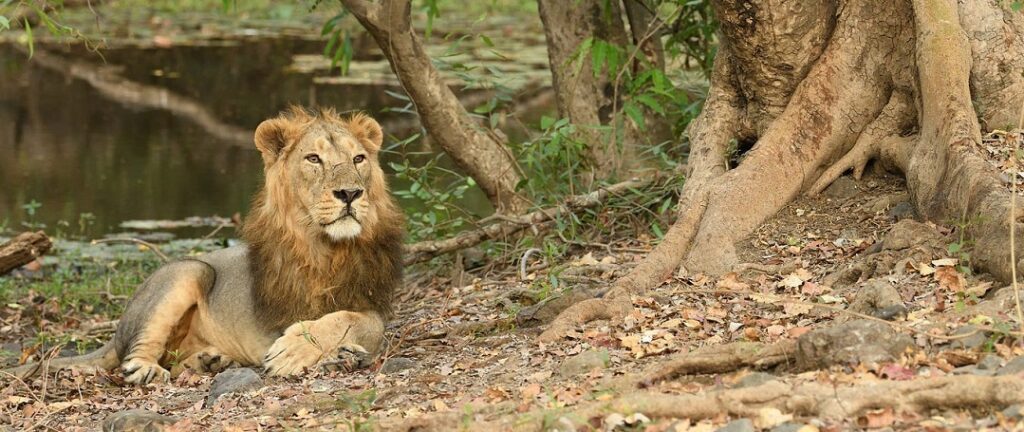If you’re planning an eco-tour, spiritual retreat, or adventure expedition, exploring the popular national parks in Sikkim is a must. Let’s journey through these pristine realms where nature, culture, and conservation converge. Sikkim, nestled in the Eastern Himalayas, is a sanctuary of biodiversity, spiritual serenity, and alpine beauty. Though compact in size, this Indian state boasts one of the richest ecological tapestries in South Asia. Its national parks are not just protected zones—they’re living museums of Himalayan flora and fauna, sacred landscapes, and trekking trails that stir the soul.
🏞️ 1. Khangchendzonga National Park
UNESCO World Heritage Site | The Crown Jewel of Sikkim
- Location: North and West Sikkim
- Area: 1,784 sq km
- Altitude Range: 1,220 m to 8,586 m (Mt. Khangchendzonga)
This is Sikkim’s most iconic national park and one of India’s largest high-altitude protected areas. Named after the world’s third-highest peak, Mt. Khangchendzonga, the park is a sacred landscape for locals and a dream destination for trekkers and wildlife enthusiasts.
🌿 Biodiversity Highlights:
- Mammals: Snow leopard, red panda, Himalayan tahr, musk deer, Tibetan wolf
- Birds: Satyr tragopan, blood pheasant, Himalayan monal
- Flora: Rhododendrons, fir, birch, juniper, medicinal herbs
🥾 Activities:
- Trekking routes: Dzongri, Goechala, Thangshing
- Birdwatching and butterfly trails
- Cultural immersion in sacred lakes and monasteries
📅 Best Time to Visit:
- March to May (spring bloom)
- September to November (clear skies and festivals)
🌲 2. Fambong Lho Wildlife Sanctuary (Often considered a National Park experience)
Though officially a wildlife sanctuary, Fambong Lho offers national park-level biodiversity and accessibility. Located just 20 km from Gangtok, it’s perfect for families, nature lovers, and short treks.
- Area: 51.76 sq km
- Altitude: 1,500 m to 4,000 m
🌿 Biodiversity Highlights:
- Red panda, Himalayan black bear, civets
- Barking deer, flying squirrels
- Rich birdlife including hill partridge and hornbills
🌸 Flora:
- Oak, rhododendron, bamboo, ferns
🥾 Activities:
- Eco-camping and nature trails
- Butterfly and bird photography
- Educational walks for kids and students
🌸 3. Shingba Rhododendron Sanctuary (Part of Khangchendzonga Biosphere)
Located in the Yumthang Valley of Flowers, this sanctuary is often grouped with national park circuits due to its floral richness and alpine charm.
- Area: 43 sq km
- Altitude: 3,000 m to 4,500 m
🌿 Biodiversity Highlights:
- Red panda, Himalayan monal, snow partridge
- Rare butterflies like Kaiser-i-Hind
🌸 Flora:
- Over 40 species of rhododendrons
- Primulas, poppies, and alpine herbs
🥾 Activities:
- Spring treks and flower photography
- Birdwatching and nature journaling
❄️ 4. Kyongnosla Alpine Sanctuary (Adjacent to Tsomgo Lake)
Another sanctuary with national park-level appeal, Kyongnosla is known for its dramatic alpine terrain and proximity to tourist hotspots like Tsomgo Lake and Nathula Pass.
- Area: 31 sq km
- Altitude: 3,200 m to 4,200 m
🌿 Biodiversity Highlights:
- Snow leopard, red panda, Himalayan marmot
- Rare alpine birds and butterflies
🌸 Flora:
- Rhododendrons, primulas, medicinal herbs
🥾 Activities:
- Scenic drives and short treks
- Photography and nature walks
🌐 Conservation & Cultural Significance
Sikkim’s national parks are not just ecological zones—they’re sacred landscapes deeply woven into local traditions. Many trekking routes pass through holy lakes, ancient monasteries, and spiritual sites revered by Buddhists and indigenous communities.
🌱 Conservation Highlights:
- Sikkim is India’s first fully organic state
- Over 30% of land under protected status
- Community-led eco-tourism and conservation programs
🧭 Planning Your Visit
📅 Best Seasons:
- Spring (March–May): Rhododendron bloom and pleasant weather
- Autumn (September–November): Clear skies and vibrant festivals
- Winter (December–February): Snowy vistas, but limited access to high-altitude zones
🧳 Travel Tips:
- Carry warm layers and rain gear
- Hire local guides for treks and wildlife spotting
- Respect local customs and protected zones
- Secure permits for restricted areas like Nathula and Gurudongmar
❤️ Final Thoughts
Exploring the popular national parks in Sikkim is like stepping into a living Himalayan tapestry—where snow leopards roam, rhododendrons bloom, and prayer flags flutter in the mountain breeze. Whether you’re a trekker, photographer, spiritual seeker, or eco-tourist, Sikkim’s protected landscapes offer a rare blend of adventure and serenity.



